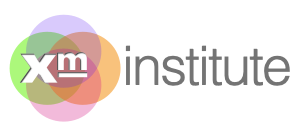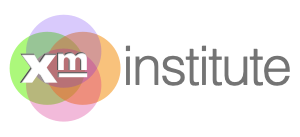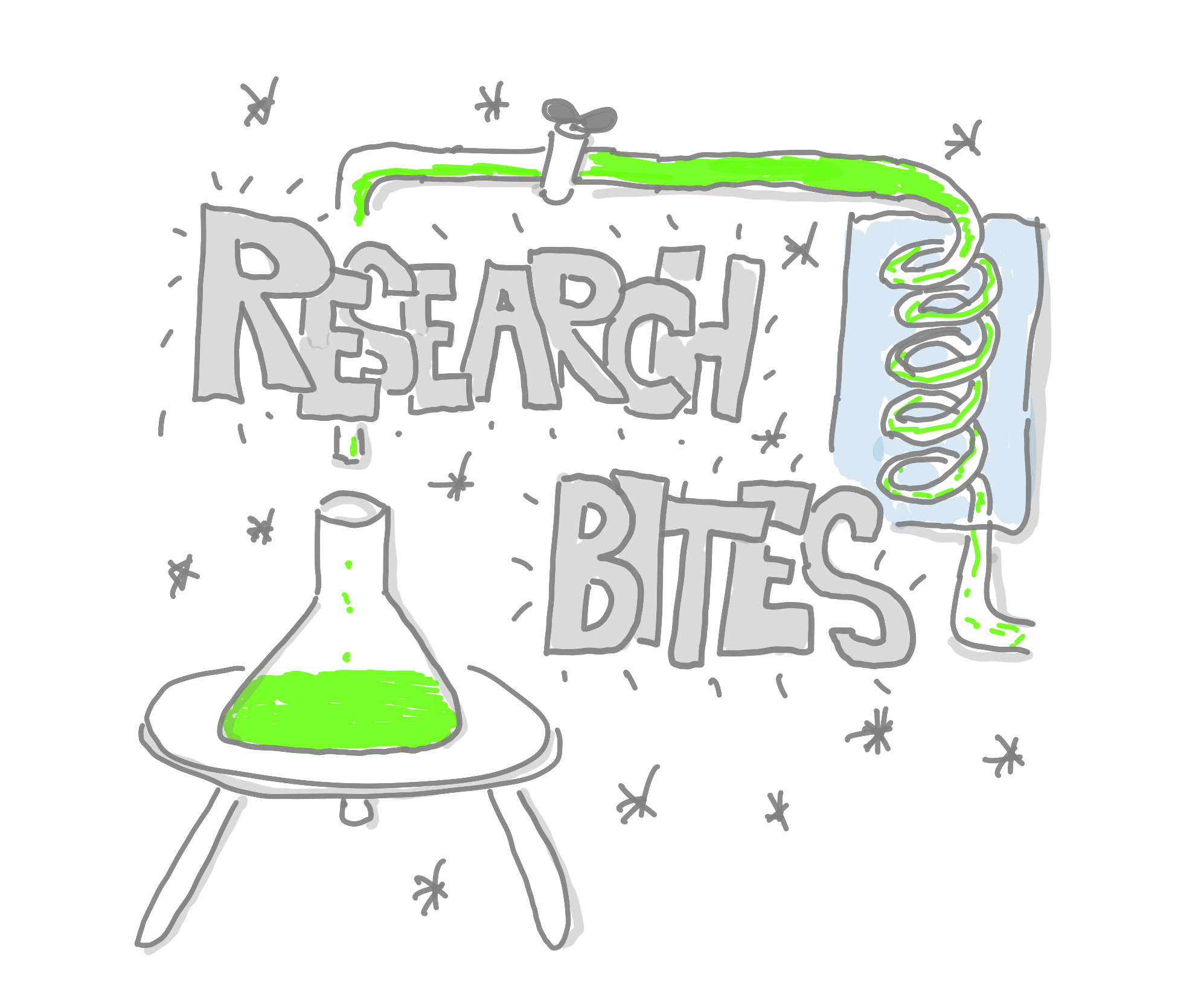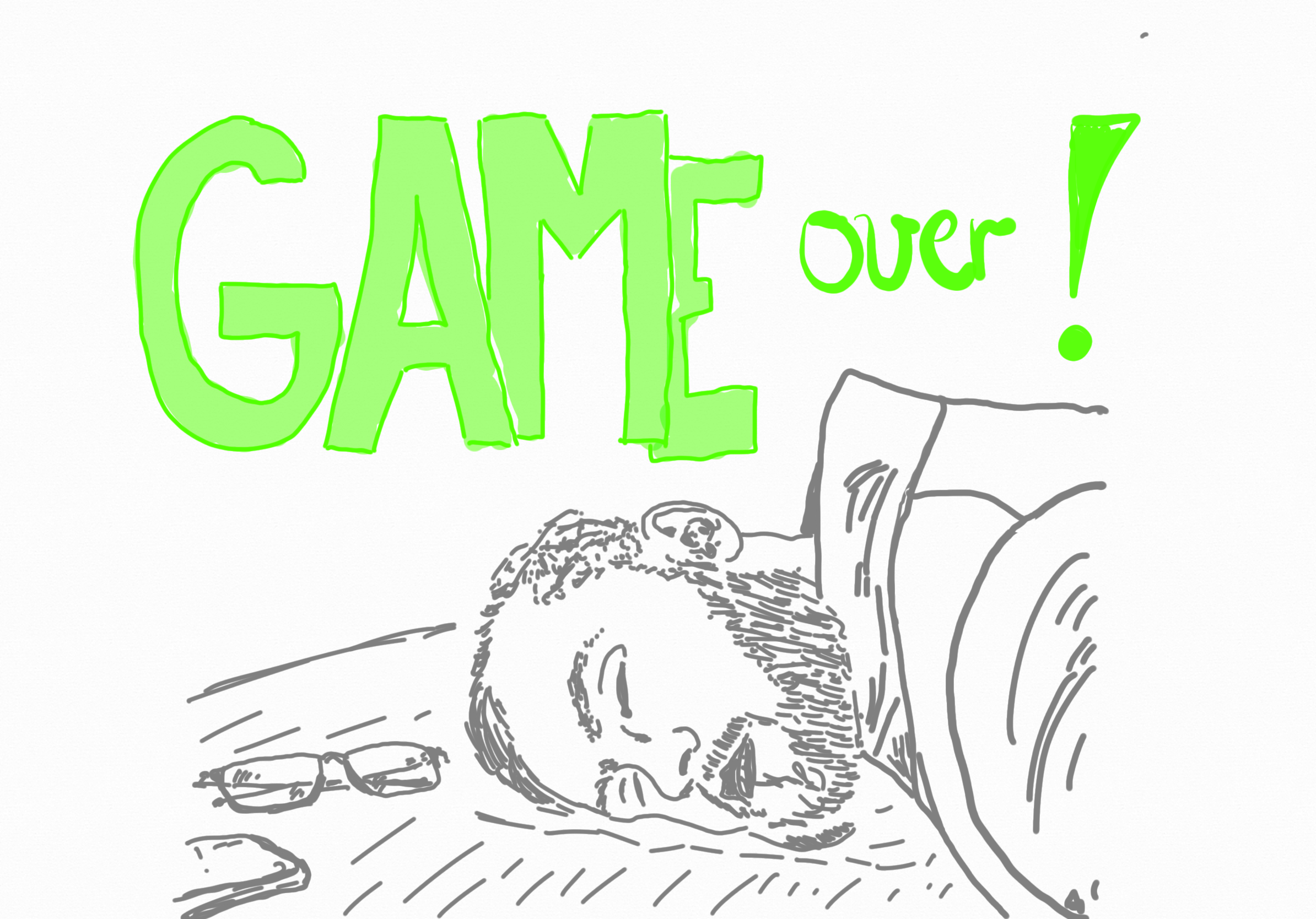Leadership Development for stronger organisational adaptability
 When I talk to my clients these days, almost everybody is interested in agile and digital leadership. Many HR departments see an opportunity to support their internal customers and strengthen the position of their companies strategically by providing solutions on the people side of the Digital Transformation. And also a lot of traditional managers themselves want to move ahead and learn about the new way of working that might promise to deal with the challenges of the near future in a better way. Unfortunately, what exactly is needed is often very vague and unclear. No wonder, as each company has individual needs and an individual context that needs to be considered when suggesting solutions.
When I talk to my clients these days, almost everybody is interested in agile and digital leadership. Many HR departments see an opportunity to support their internal customers and strengthen the position of their companies strategically by providing solutions on the people side of the Digital Transformation. And also a lot of traditional managers themselves want to move ahead and learn about the new way of working that might promise to deal with the challenges of the near future in a better way. Unfortunately, what exactly is needed is often very vague and unclear. No wonder, as each company has individual needs and an individual context that needs to be considered when suggesting solutions.
Nevertheless, one core element almost everybody agrees on is the need for an increased flexibility and organisational adaptability to deal with the increasing pace and complexity in the business environment. And all my clients are looking for solutions how exactly this can be realised, so let us have a closer look.
About Organizational Adaptability and Ambidexterity
The adaptability of an organisation to its changing environment is a core competency to survive, or even better to drive the business proactively and gain competitive advantage. Already Schumpeter talked about the creative destruction of change and innovation. Looking at organisations from a complex systems perspective, we know that it is difficult or even impossible to steer an organisation directly into a certain direction. Nevertheless, the leaders in an organisation play a key role in this process and have a certain power to make things happen. A key concept in this context is the so called ambidexterity. The idea of this concept is, that a company needs to be able to balance between the need to produce efficiently today and the need to innovate for the future. This tension between exploitation on the one hand and exploration on the other hand is a challenge for the leadership responsibles across the whole organization and at all levels as well as the organisation as a whole. The challenge is to bring both sides together as they are conflicting and in natural tension.
Leadership and Organizational Ambidexterity
Birkinshaw/ Gibson (2004) see one standard solution to this challenge of ambidexterity in building separate structures in an organisation for both sides, like R&D departments on the one hand and the core business units on the other hand (organisational ambidexterity). In today’s business this seems to be often no solution any more due to the potential problems of separation and conflict that arise with this approach. As another option Birkinshaw/ Gibson (2004) developed the concept of contextual ambidexterity, where the individual employees need “to make choices between alignment-oriented and adaptation-oriented activities in the context of their day-to-day work. From a leaders perspective this means to deal with the tensions that could arise in a productive way. The academic literature suggests various options but on a very abstract level (see Uhl-Bien/Arena, 2018):
- Balancing: Trying to balance the two polarities or help their employees to do this balancing.
- Integration by dynamic altering: Facilitate and foster switching between the two sides, temporarily or simultaneously.
- Keeping and nurturing the polarity: Living in conflict and trying to get the most out of both sides.
Leaders shall set up an environment and cultural context, where emergent leadership can arise and employees can develop an attitude of ambiguous behaviour, where all levels of the leadership team needs play an active part (see Uhl-Bien/Arena, 2018):
- Top Management/ Senior Leaders: establish and communicate a common vision and set of common values, push for common goals, service the middle management in their role
- Middle Management: broker, integrate, coordinate, enable collaboration, mixing resources
Important for leaders is also to understand the ambidexterity as a meta competency of the organisation, allowing to adapt in a fast and easy way.
Consequences for Leadership Development
What does this all mean for Leadership Development? Well, in leadership programs I develop together with my clients, we integrate this perspective in an intensive way to provide modern, innovative and effective leadership development programs. This includes not just a classroom section discussing and reflecting on ambidexterity. To get the things happen, this aspect needs more and deeper integration into LD program design. Here only a few examples:
- Systematic leadership network design: As ambidexterity needs an active and productive cooperation between leaders on all levels, LD programs need to be used to proactively design the necessary and appropriate leadership networks. While in the past informal networking happened by accident and as a side effect of LD classrooms, modern LD programs should take the opportunity to drive the “right” connections of the network proactively. Also the understanding of network dynamics and the productive use of networks based on newest knowledge and research on network theory in everyday business should be covered. (on the importance, role and details of leadership network design I will write a future post).
- Cultural alignment and behavioural integration in leadership teams: LD programs are a good environment to proactively drive cultural alignment and cooperation in leadership teams. The whole LD program with all measures need to reflect mirror the desired culture and behaviour in a kind of self similarity. This needs some more time to set up complex designs but will pay in a higher probability of impact at the end.
- Systematic selection and proactive setting of participants: An intelligent selection of the right participants in the program is often an underestimated area of LD program design. Program impacts raise and fall with the group selection and mixture in the individual LD groups but also th configuration and re-configuration along the whole LD measures over time.
Especially when seeing organisations and leadership teams as complex adaptive systems, like I do, aspects and concepts like emergence or design of constraints come into play and help to develop more effective and efficient LD programs in times of increasing speed and digital disruption.
Used sources:
Birkinshaw, J., & Gibson, C. (2004). Building Ambidexterity into an Organisation. MIT Sloan Management Review. https://doi.org/10.1038/067462b0
Uhl-Bien, M., & Arena, M. (2018). Leadership for organizational adaptability: A theoretical synthesis and integrative framework. Leadership Quarterly. https://doi.org/10.1016/j.leaqua.2017.12.009







Leave A Comment